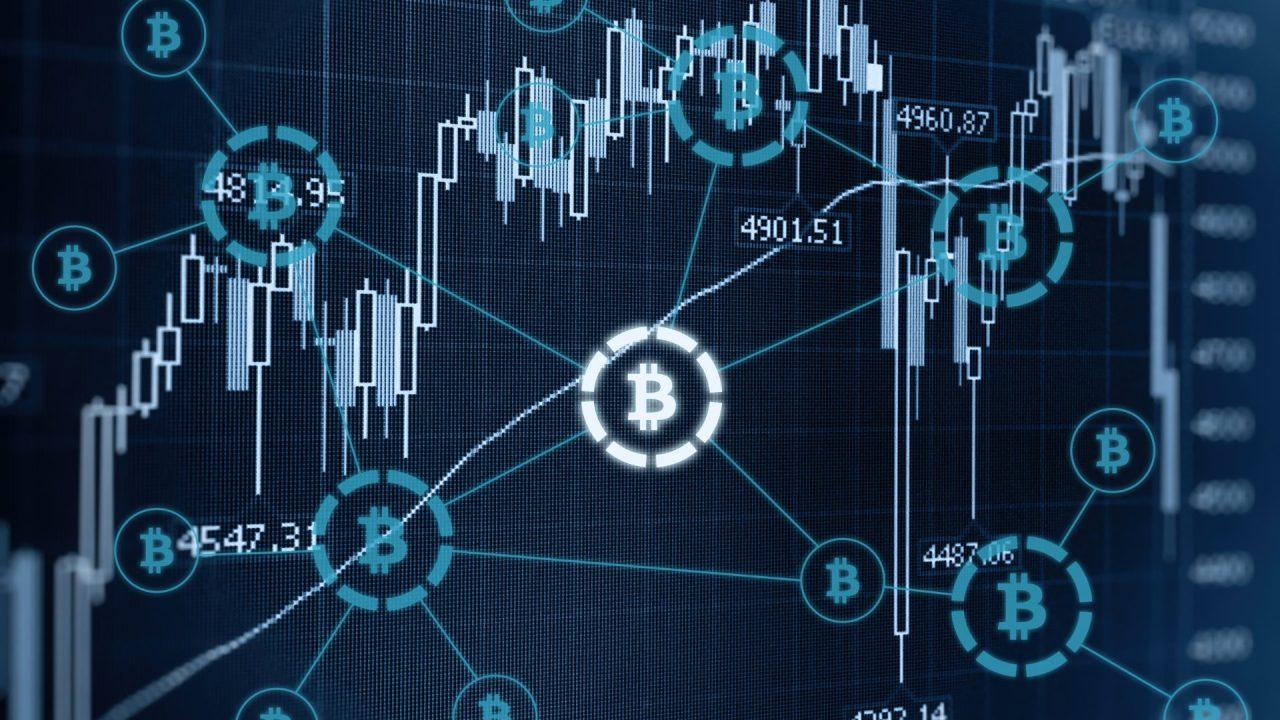Although the 2022 crypto winter has been especially cold in decentralized finance (DeFi) land, the DeFi industry is set to skyrocket this year, with revenue reaching record highs.

According to recent data, global DeFi revenues are expected to jump by an impressive 226% year-over-year and hit $16.9bn in 2023.
The Number of DeFi Users Recovers to Pre-2022 Levels with 8.37M in 2023
DeFi activity has had a solid start to 2023, driven by a broader market recovery. With the trading volume and the number of users recovering to pre-2022 levels, the market projections for 2023 and the following years have become more optimistic.
According to Statista data, global DeFi revenue dropped to $5.2bn last year amid the crypto winter, down from $6.1bn reported in 2021. However, 2023 is set to witness a three-digit growth, with revenue surging by 226% year-over-year to $16.9bn. Statista expects the entire market to continue growing by a CAGR of 19.6% in the next four years, resulting in a total volume of $34.7bn by 2027.
The average revenue per user in the DeFi market was $2,026 in 2023. This value is set to jump over $3,700 in the next four years. According to a Statista survey, the entire market will also witness double-digit user growth.
In 2019, there were around 160,000 DeFi users. Two years later, this figure surged to 8.54 million worldwide. After a huge drop in 2022, and the number of users falling to 5.79 million, 2023 is set to witness considerable user growth in the DeFi space. Statista expects more than 2.5 million new users this year, pushing the total user count to 8.37 million. By 2027, this figure is expected to jump to over 9.3 million.
Total Value Locked in DeFi Jumped by 40% Year-to-Date
Crypto prices have surged in value over the past five months, pushing the total value locked in DeFi (TVL) way above the levels seen in the first weeks of 2023.
According to CoinMarketCap and Trading View data, the total value locked in DeFi amounted to $30.8bn in January. After rising to $53.8bn a month later, this figure plunged to $41.7bn in March. However, the last two months have brought a recovery, with TVL in DeFi reaching $53.9bn on April 18, the highest value this year. Although this figure slipped to $43.6bn last week, this still represents a massive 40% increase year-to-date.
Around 58% of the total value locked in DeFi is tied to Ethereum. Tron is the second-largest blockchain in TVL size, with 11.96% of the total value locked. Binance Smart Chain (BSC) ranked third with 9.36% of the total value. Arbitrum, Polygon, and Optimism are the next largest blockchains, with 4.9%, 2.13%, and 1.88% share of TVL.
DeFi Top Products and Offerings
DeFi, short for Decentralized Finance, refers to a system of financial applications and protocols built on blockchain technology. It aims to recreate and improve upon traditional financial services by removing intermediaries and enabling direct peer-to-peer transactions.
Unlike traditional finance, which relies on centralized institutions like banks and intermediaries to facilitate transactions and manage financial products, DeFi leverages decentralized networks, typically using smart contracts on blockchain platforms like Ethereum. This allows for greater transparency, security, and accessibility.
Decentralized Finance (DeFi) encompasses a wide range of financial products and protocols built on blockchain technology. Here are some key DeFi products:
Decentralized Exchanges (DEXs): DEXs facilitate peer-to-peer cryptocurrency trading without the need for intermediaries. Examples include Uniswap, SushiSwap, and PancakeSwap.
Money Markets: Money markets in DeFi allow users to lend and borrow digital assets. Aave and Compound are popular DeFi lending platforms where users can earn interest on their deposits or borrow assets using collateral.
Stablecoins: Stablecoins are cryptocurrencies designed to maintain a stable value, usually pegged to a fiat currency like the US dollar. Examples include MakerDAO’s DAI, USD Coin (USDC), and Tether (USDT).
Yield Farming: Yield farming involves staking or lending cryptocurrencies to earn additional tokens as rewards. Users provide liquidity to decentralized exchanges or lending platforms and earn yield in return.
Synthetic Assets: Synthetic assets are tokens that represent the value of an underlying asset without requiring direct ownership. Platforms like Synthetix enable the creation and trading of synthetic assets, including commodities, stocks, and other cryptocurrencies.
Decentralized Insurance: DeFi insurance platforms, such as Nexus Mutual and Cover Protocol, provide coverage against smart contract failures, hacks, and other risks, allowing users to protect their investments.
Decentralized Oracles: Oracles provide off-chain data to smart contracts, enabling them to interact with real-world events. Chainlink is a widely used decentralized oracle network in the DeFi space.
Governance Tokens: Many DeFi protocols have governance tokens that grant holders the ability to participate in the decision-making process of the protocol. Examples include Compound’s COMP token and Uniswap’s UNI token.
Decentralized Asset Management: DeFi platforms like Yearn.finance and Balancer allow users to pool their assets together and automate investment strategies, optimizing yield generation and asset allocation.
Decentralized Lending and Borrowing: Platforms such as MakerDAO and Compound enable users to borrow and lend digital assets without the need for traditional intermediaries like banks.
Tradersdna is a leading digital and social media platform for traders and investors. Tradersdna offers premiere resources for trading and investing education, digital resources for personal finance, market analysis and free trading guides. More about TradersDNA Features: What Does It Take to Become an Aggressive Trader? | Everything You Need to Know About White Label Trading Software | Advantages of Automated Forex Trading









